Creating Places: A policy statement on architecture and place for Scotland
This statement sets out the comprehensive value good design can deliver.
PART THREE A STRATEGY FOR ARCHITECTURE AND PLACE
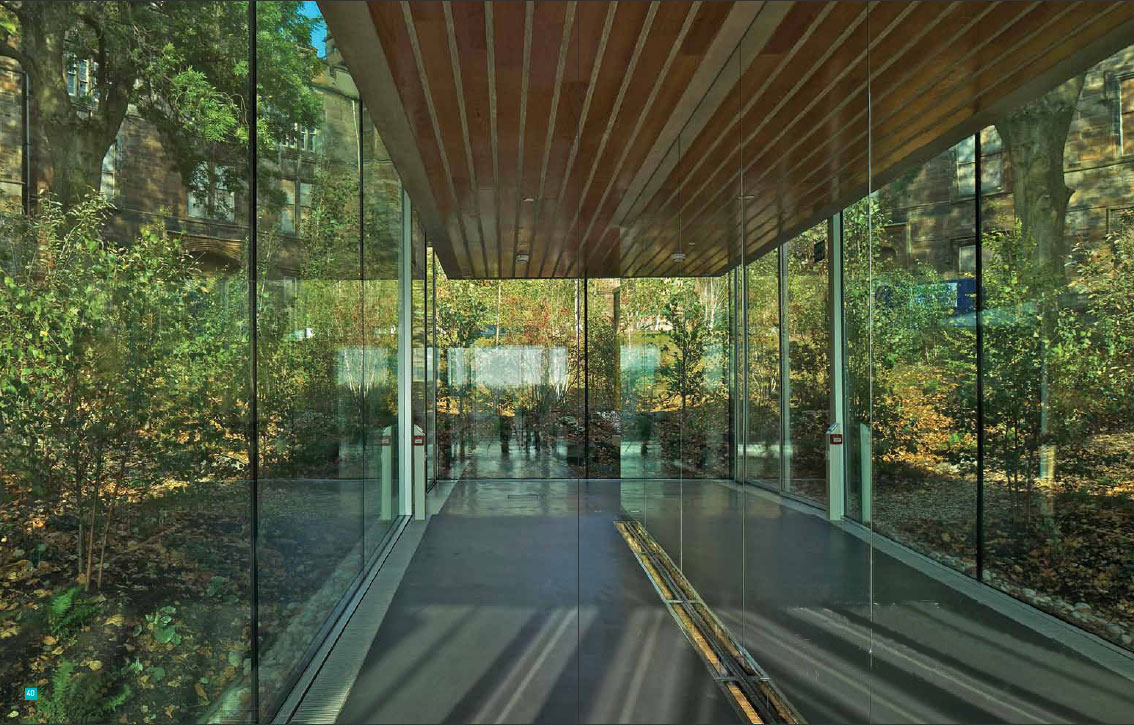
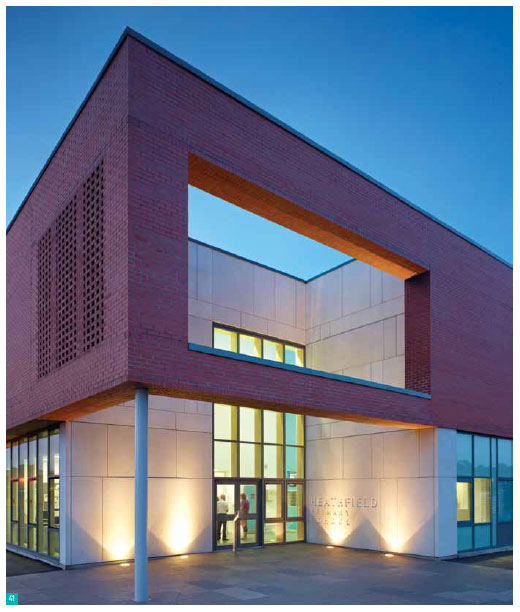
A STRATEGY FOR ARCHITECTURE AND PLACE
This section sets out The Scottish Government's strategy to enable architecture and place policy to better articulate with a range of related policy areas and, in doing so, achieve greater positive physical change.
2. INVESTMENT: DECISIONS INFORMED BY PLACE
4. DESIGN FOR A LOW CARBON ECONOMY
7. THE ROLE OF ARCHITECTURE AND DESIGN SCOTLAND
The planning process plays a fundamental role in shaping the quality of our architecture. It is crucial that these two disciplines are closely aligned. There are a range of design issues related to architecture policy influenced or regulated by the planning process.
POLICY
Everyone responsible for Scotland's built and natural environment must recognise that architecture and places are not simply elements of the planning process - they are among the most important outcomes that the process exists to support, and their quality should be a priority.
Setting the Framework for Planning and Architecture.
1.1 We will embed design and placemaking as a
priority within a revised Scottish Planning Policy (
SPP) to be
published by the end of 2013. This will put the design requirements
for architecture and placemaking at the heart of the decision
making process and ensure that the policy has a greater focus
on outcomes.
1.2 We will fully integrate the principles of Designing Places into the revised SPP. Designing Streets will remain the national planning, architecture and transport policy for street design.
Supporting the Framework for Planning and Architecture
1.3 We will develop a Place Standard assessment tool, which will be the hallmark of well-designed places. This standard will be aimed at creating greater certainty around quality of place and it is intended to support the private and public sectors and communities. It will address quality in relation to places that support healthy and sustainable lifestyles. We will develop this in collaboration with the design and development sectors and it will be applicable to new and existing places.
1.4 We will promote and encourage the use of the Place Standard within public housing developments. Its use will be an expectation of the award of subsidies provided through the Affordable Housing Supply Programme.
1.5 To support the outcomes of the Town Centres Review, we will develop a Masterplanning Toolkit, specific to town centres that includes guidance on specific transport and design details, focusing on the development of quality, accessible public realm and the use of town assets.
Supporting Place-Based Decision Making
1.6 Working with partners, we will develop training resources tailored for elected members, senior council managers, communities, public sector officers and Registered Social Landlords on the value and importance of fully accessible, well-designed buildings and places.
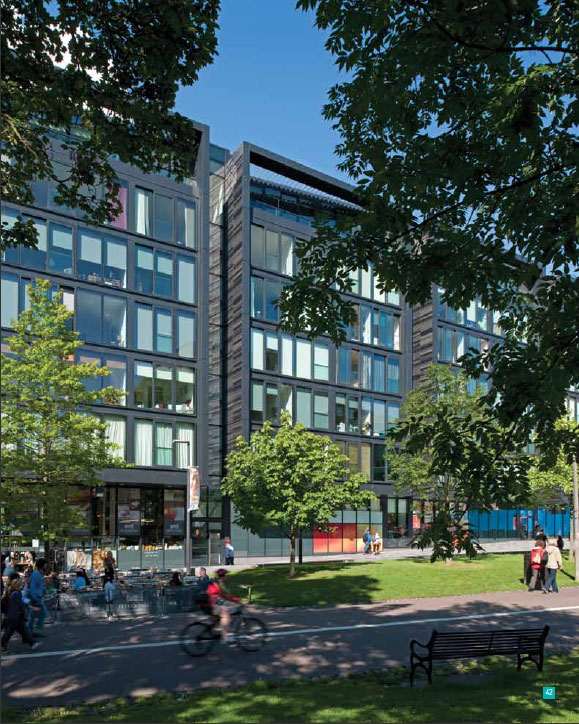
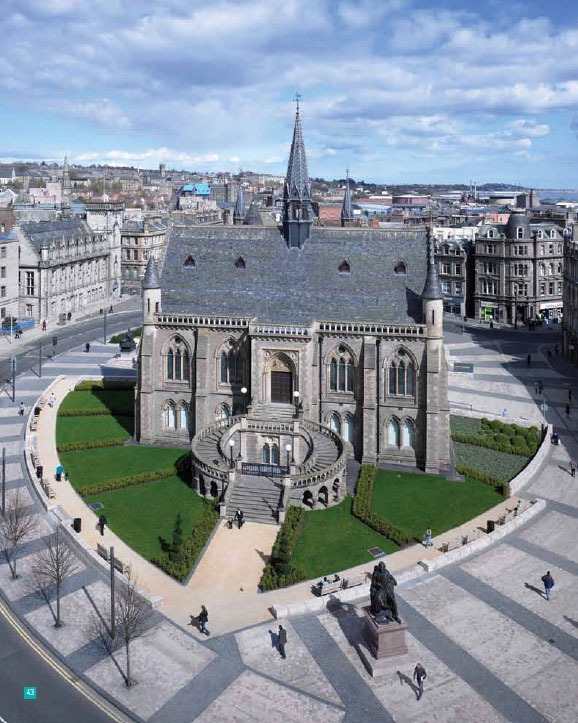
2. INVESTMENT: DECISIONS INFORMED BY PLACE
In the current economic climate, sound investment decision making is imperative. With fewer resources available, we must ensure that we get it right first time. Design should be considered at the very outset of public procurement projects. It is an essential part of achieving value for money, by ensuring capital costs are competitive and that savings can be achieved on running costs without compromising the quality of the design. Getting the brief right up front, can deliver long-term value.
POLICY
Communities and places benefit from investment decisions that consider all impacts - societal, environmental as well as economic. Decisions should prioritise long term benefits. The public sector should set an example by ensuring high design standards are adhered to in public procurement.
Promoting innovation
2.1 We will work with Scottish Futures Trust on processes and initiatives that help to promote the benefits of the whole place approach and deploy strategic design to facilitate innovative investment solutions.
Public investment
2.2 We will work with the design industry to ensure that the outcomes of the Scottish Government Review of Construction Procurement are implemented and improve processes.
2.3 We will promote the prioritisation of design in public procurement.
2.4 We will work with Architecture and Design Scotland to:
- promote the benefits of whole-life building costs;
- embed the value of a design-led approach; and
- deliver projects to encourage long- term approaches to public and private investment and decision making.
Effective relationships
2.5 We will develop guidance for public bodies, communities and other project commissioners on how to produce effective briefing. This will focus on improving economic, social, health and environmental outcomes, that take a place-based approach, and that consider communities as the key user. This will also promote the importance of a simple, clear and effective client-designer relationship.
The promotion and celebration of our best architecture helps to improve public interest and understanding and to widen the vision of potential clients. As well as raising the profile of designers in Scotland, this can engender dialogue, inspire others and act as a spur for excellence.
POLICY
All areas of policy and practice should utilise and promote design as a tool to deliver value, sustainable outcomes and high quality. Scotland's design heritage and design talent should be celebrated and the next generation developed and promoted.
Recognising and rewarding excellence
3.1 We will continue to support the celebration of design excellence through the funding of existing awards such as the RIAS Doolan Award and the Scottish Awards for Quality in Planning.
3.2 We will establish a new award to recognise client support for good architecture and design.
Developing talent in Scotland
3.3 We will work with Architecture and Design Scotland to publish an annual review of emerging Scottish design practices, showcasing the projects and talents of our emerging designers.
3.4 We will work with architecture and planning schools to deliver exhibitions of professional and student work and foster interdisciplinary collaboration.
3.5 We will work with A+DS to promote architecture and design to schools as part of the curriculum for excellence.
The case for good design
3.6 With Architecture and Design Scotland and other partners, we will develop the evidence base on the value of good design, which will include domestic and international case studies, and we will share this information widely.
3.7 We will continue work to mainstream understanding of design and effective masterplanning through partnership working with the public and private sectors and higher education institutes.
3.8 We will develop links with academia to carry out research on the benefits of whole-place and inclusive design, and we will share the findings across the public, Registered Social Landlords, and private sectors, to encourage place and people-centred approaches to delivery.
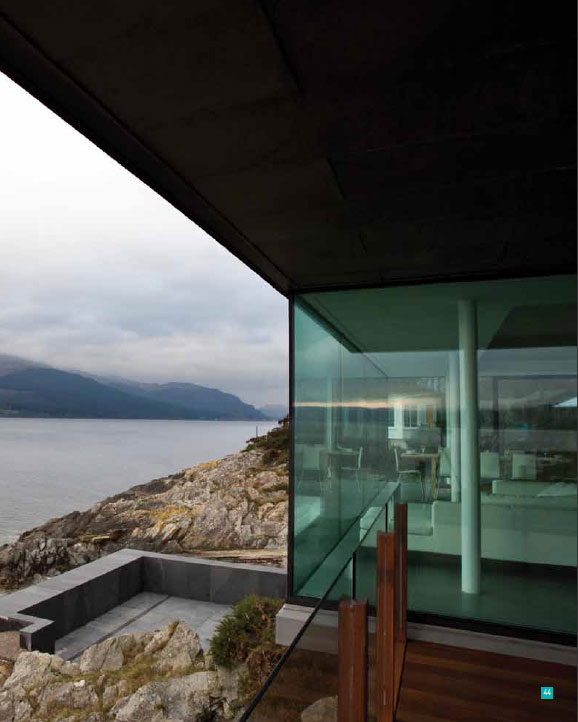
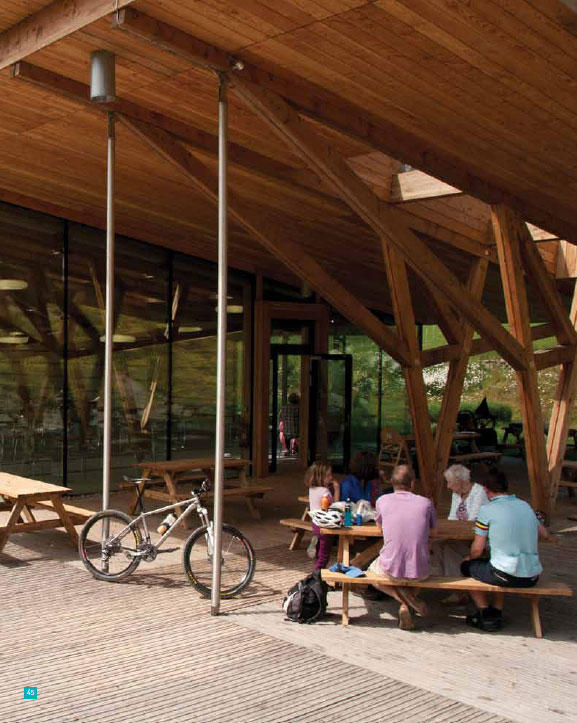
4. DESIGN FOR A LOW CARBON ECONOMY
Responding appropriately to climate change requires a change in practices. Moving to a low carbon economy is an economic and environmental imperative - it is Scotland's biggest opportunity this century.
POLICY
Low carbon design and planning should be a priority. Project clients, commissioners, designers and approvers should encourage design innovation and take advantage of locally-sourced materials to facilitate sustainable development. A 're-use not replace' approach should be considered first when dealing with our existing built environment.
The Existing Built Environment
4.1 We will investigate methods which effectively incentivise the use of existing buildings and brownfield land.
4.2 We will continue to lobby the UK Government on the reduction of VAT to works on existing buildings.
4.3 We will continue to work to ensure that the appropriate skills and materials are available to conserve, repair and maintain our existing buildings, so that they continue to contribute to the low carbon economy.
Landscape
4.4 Landscape is at the heart of Scotland's identity. We will work with landscape bodies to help promote landscape as a resource which requires careful management and conservation.
4.5 We will promote the creation of landscape frameworks and masterplans and the inclusion of landscape at the earliest stages of planning and development feasibility.
Meeting future targets
4.6 We will promote the ability of design to deliver compact, well-connected places, in order to reduce carbon-related emissions.
4.7 We will advocate the delivery of places that prioritise pedestrians and encourage activity and healthy lifestyles.
4.8 To build on the sustainability labelling system for new homes, we will introduce fully developed 'Bronze', 'Silver' and 'Gold' levels for new schools.
Scotland has a world-class natural and built heritage. This heritage informs our current architecture and design expertise and illustrates the depth of our potential to contribute to the world as a modern, innovative country.
POLICY
Creative responses should be taken to enhancing and preserving our existing built heritage. The development of creative places and culture-led regeneration should be encouraged as an effective approach to delivering sustainable, high quality environments.
Promoting Scotland and international dialogue
5.1 We will support the RIAS Festival of Architecture in 2016 and we will work closely with Historic Scotland, Visit Scotland and the Royal Incorporation of Architects in Scotland to capitalise on this.
5.2 We will investigate ways of showcasing our architectural talent, e.g. through Scotland's participation in the Venice architecture Biennale and through the Scotland + Venice Partnership.
5.3 We will work with Creative Scotland, the British Council, Architecture and Design Scotland and the Scottish Council for Development and Industry to develop a programme of international opportunities to promote Scottish architectural practice.
Our built heritage
5.4 We will work with Historic Scotland to implement the outcomes of the Review of Historic Environment policy.
5.5 We will support online resources which catalogue and promote Scotland's rich architectural heritage.
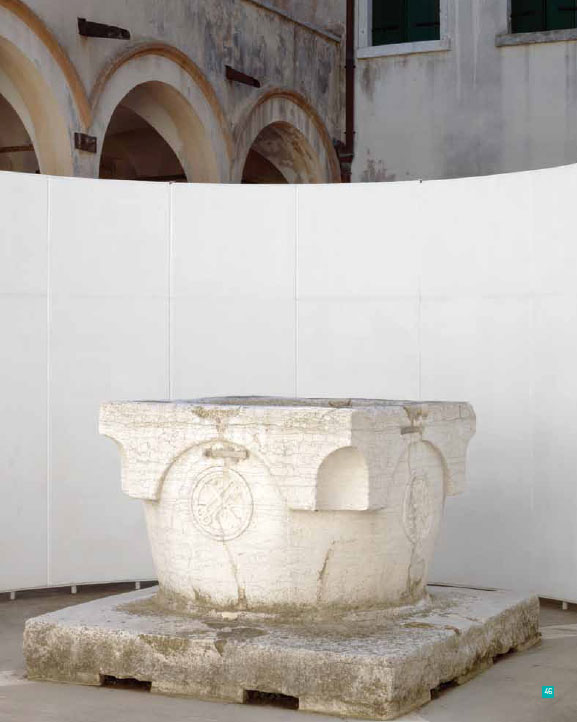
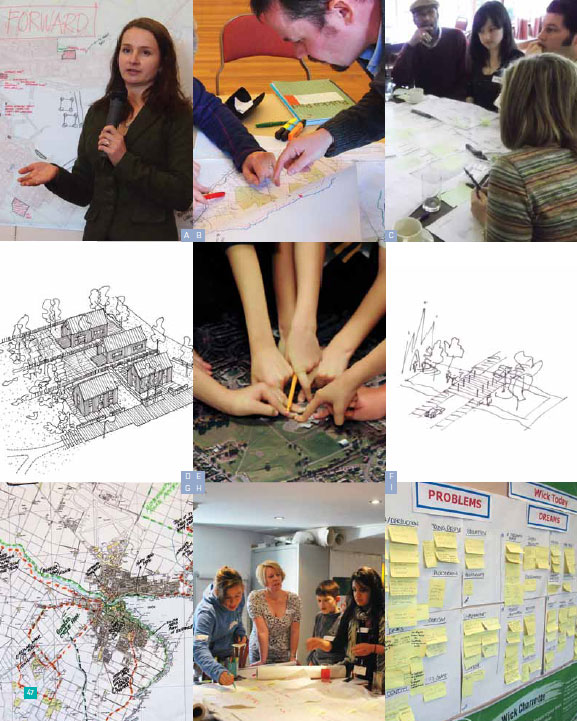
The built environment plays a central role in determining the quality of life for Scotland's communities. Meaningful and sustained community participation in the design process is crucial to achieving relevant and high-quality outcomes. Community-led regeneration can help to create long-lasting change in Scotland's disadvantaged communities.
POLICY
Design processes should harness and utilise the knowledge of communities and encourage active participation in the process, to deliver places with local integrity and relevance. Engagement must be meaningful, early and proportionate.
Designing for, and with, people
6.1 We will strengthen and promote community participation in design and planning through initiatives such as charrettes, and other participatory design methods.
6.2 We will identify and promote a range of best practice examples of meaningful community engagement in the design process and inclusive design and accessibility in the public realm. We will share these widely to encourage a culture of inclusivity and participation.
6.3 We will work with the outcomes of the Town Centre Review to take forward recommendations on the impact of planning and design.
6.4 The Scottish Government has committed £2m towards a fund to bring empty town centre properties into residential use. Working with the outcomes of the Town Centre Review, we will explore opportunities for this fund and further initiatives to bring empty properties and spaces back into use for the good of communities and their local economies.
6.5 We will work with the outcomes of the Community Empowerment and Renewal Bill to ensure that good design plays a key role in developing and enhancing community assets.
Design for Scotland's Future
6.6 We will consult with stakeholders on the impact of constitutional change on the regulation of the architecture profession in Scotland.
7. THE ROLE OF ARCHITECTURE AND DESIGN SCOTLAND
Architecture and Design Scotland is a champion for good architecture, design, placemaking and planning. It works to help deliver Scottish Ministers' policies and objectives for the built and natural environment for the benefit of the people of Scotland.
Architecture and Design Scotland (A+DS)
STATUS
A+DS is an Executive Non-Departmental Public Body ( NDPB) operating as a Company Limited by Guarantee and funded by the Scottish Government. A+DS will have an important role to play in implementing this policy statement and on influencing connections to related policies on architecture and place.
ROLE
The role of A+DS is to support and promote Scottish Ministers' policies and objectives for the built and natural environment. This role is intended to improve the quality of development in Scotland and support and promote excellence in the delivery of good architecture, successful places and efficient processes. This role requires A+DS to work with other key organisations to help to develop an effective focus on place, architecture and design across policies and working practices.
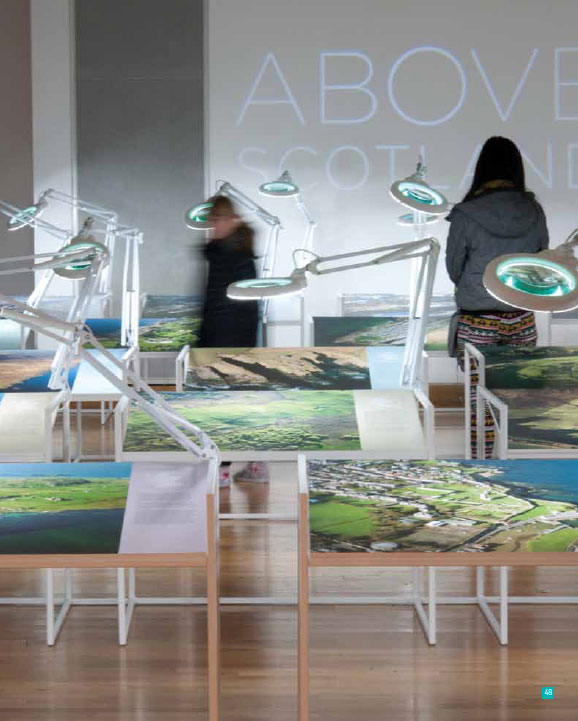
RESPONSIBILITIES
The responsibilities of A+DS are to fulfil this role through:
Supporting the creation and renewal of sustainable buildings and places, through approaches such as:
- working with partners in the public sector to deliver buildings and places of lasting quality;
- working to support the effective consideration of place in the work of Community Planning Partnerships;
- establishing strategies to support effective investment in the places where people live, work and spend time;
- promoting design as a means to get the most from new and existing buildings and places;
- providing guidance and promoting low carbon and low-energy approaches to building design; and
- advising on techniques to reduce the negative environmental impacts of developments and promote positive environmental outcomes.
Improving skills and increasing understanding, through approaches such as:
- design training for public and private sectors, communities, professional bodies and universities; and
- exploring opportunities to work effectively across professional disciplines.
Providing advice:
- to local authorities, developers and practitioners on achieving sustainable, high-quality design; and
- in support of the preparation of effective briefing and working practices.
Effective communications and advocacy, through approaches such as:
- promoting the value of design through a programme of publications, events and exhibitions;
- communicating with the public and the media on architecture and the built environment in a clear, accessible way;
- encouraging learning, debate and international dialogue; and
- promoting Scotland's architecture and emerging talent.
Promoting excellence in the delivery of public buildings and spaces, through approaches such as:
- providing support and advice on how investment in public projects can optimise the quality and outcomes for building users, operators and investors; and
- promoting good design to improve learning and health outcomes in school and health project design.
Researching and building evidence, through approaches such as;
- compiling evidence and research on the value and benefits of good design, architecture and places; and
- considering how the built environment can respond to the drivers of change such as the economy, climate change, community needs and changing demographics.
PARTNERSHIP AND ENGAGEMENT
A+DS should work closely with public, private and third sectors and support and encourage effective partnerships. A+DS should assist communities to engage effectively in the design and planning of their places.
RESOURCES AND ACCOUNTABILITY
A+DS is accountable to Scottish Ministers. The organisation should produce a corporate plan and business plan for approval by Ministers.
On this basis, Scottish Ministers expect:
- A+DS to provide timely and appropriate advice to support the delivery of the right development in the right place; and
- developers, local authorities, public bodies and others to engage positively with A+DS in the planning and delivery of developments across Scotland.
There is a problem
Thanks for your feedback